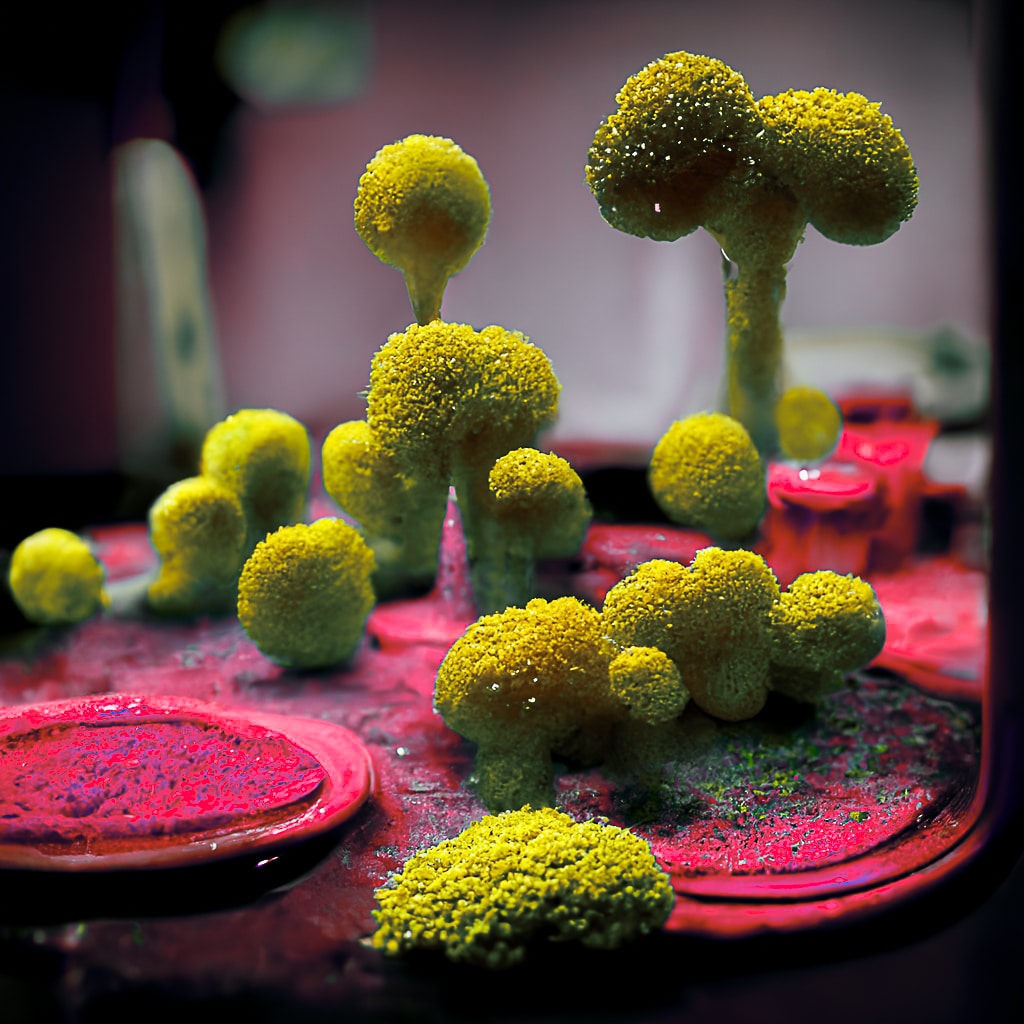
Beet Agars and Other Culinary Tricks to Raise Happy, Colorful Blobs!

LOUDIW TIPS
While breeding blobs is growing in popularity, it requires the continual preparation of agars to nurture them and keep them healthy.
But if… you know well… agars…. these gelatinous substances used in microbiological culture to allow the growth of microorganisms…
All species of blobs react differently to this moist substrate on which they move...For example, Didymiums downright tend to nibble it! This behavior is under continuous study to understand the details but scientists believe that they feed on bacteria and fungi that grow on them.
Agar
with beets

So since all breeders have to go through this, I'm going to share with you today a simple and nice tip: beet agar!
Beets are a nutrient-rich vegetable, including vitamins and antioxidants. By using beets to stain the agars, we can not only offer an additional food source to our blobs, but also give them a more colorful and aesthetic agar where even better to see evolve (think of white or transparent blobs).
Take out your aprons! Here is my recipe of the day for your Blob!
Several solutions are available to you: you can either mix fresh beetroot juice directly with your agar, or sprinkle beetroot powder on it, or even you can simply soak pieces of beetroot in it for a few minutes that you can give it to him. to eat afterwards.

Personally I cut a beet that I froze. When I want to make a colored agar, I leave my small pieces of beet in the water for 5 minutes then I remove them.
I then make my agar respecting the proportion of 1g of agar agar for 100ml.
But beets are not the only food that can be used to stain agar naturally. There are many other sources of natural pigments, such as carrots, spinach, blueberries, or even turmeric.
You can even try the following recipe:
1/4 red cabbage in strips in boiling water for 10 minutes.
It is filtered, then the agar agar is added as for a classic agar.
Place a blob on the agar and observe what happens. You may need a light source to observe the phenomenon.




